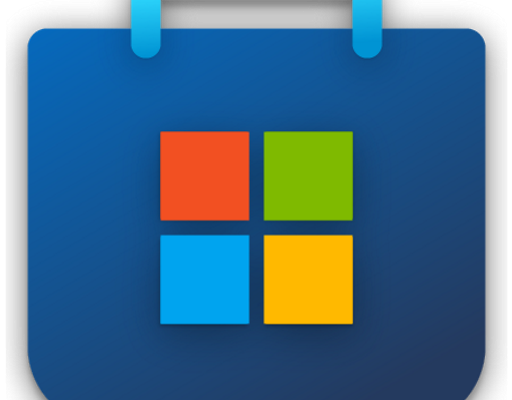10 Ways to Use Your Phone As Assistive Technology In Class

According to the Tech Act of 1988, assistive technology is defined as any item, product system, or piece of equipment used to increase, improve, or maintain the functional capabilities of individuals with disabilities. By that definition, there are plenty of ways that a cell phone, its apps, and its accessibility features can benefit learners with disabilities.
Many large technology companies have released free assistive technologies and apps to help students in the classroom. In this article, we’ll be looking at ten ways you can use your phone with assistive technology in the classroom.
Using Your Phone Camera as a Magnifier
If you ever need to look at something more closely in class, you can quickly take out your phone and zoom into it with the camera, whether it’s an object, some writing, or other information that you struggle to see clearly. This can be particularly helpful when working with equations that have smaller exponents and symbols.
Using Microsoft Office Lens to Scan Copies of the Whiteboard
Microsoft Office Lens is a free app and can help you capture the board’s image at the front of the class to be viewed later. You can zoom in on the image, and the app makes it easy to transfer and print the image so you can add them to other documents and insert them into your notes.
Using the Web Browser to Troubleshoot
Technology is always prone to fail at some point, and we don’t always know how to fix it. Using your phone’s web browser, you can look up ways to troubleshoot the problems you may be experiencing with your technology, discreetly and on the fly.
Using a Speech-to-Text App
If you’ve ever wanted your document or assignment to be read aloud, but didn’t want to ask someone to read it to you, then you could always use a speech-to-text app. They read any text on your screen, essentially serving as a portable dictator.
Referencing Instructions, Document, & Websites
Sometimes, you need to reference some information in a digital format when taking notes or completing an assignment, so having your phone next to you with your reference open can make things easier.
Using an Accessible Calculator App
Many scientific calculators these days are not accessible, so download an app version that can make calculations easier.
Taking Photos, then Adjusting the Contrast
Some people struggle to see specific shapes and text on images if the contrast is not high enough. This synergizes with the earlier step about taking pictures of the board – if the contrast of the image is too low, you can always adjust it using your phone’s built-in tools.
Recording a Class for Later Reference
If you like to review what was said in a class or lecture verbatim, ask your professor if you can record a video. Otherwise, recording a voice note can also be beneficial.
Taking Notes
These days, almost every smartphone has a ‘Notes’ app that you can use to jot down quick notes for easy reference later. The font can be adjusted as well for easier reading.
Planning
If you are someone that suffers from poor memory, then you can use your phone’s calendar or planner app to plan out your days and weeks to ensure that you never miss a class, assignment, or due date.
Concluding Thoughts
Assistive technology takes many forms, and it doesn’t have to just come from fancy apps. The apps that come standard with your phone can prove extremely useful as well.






